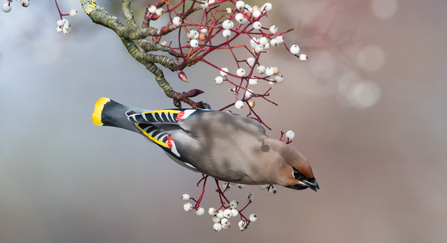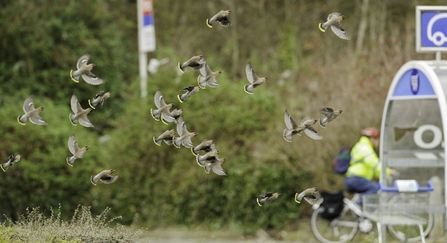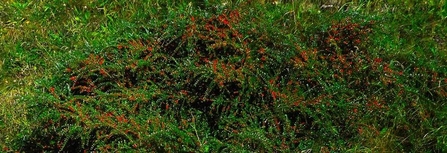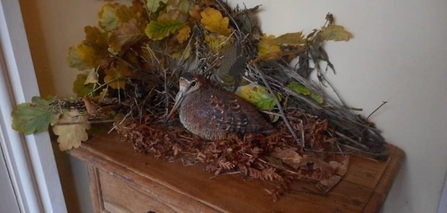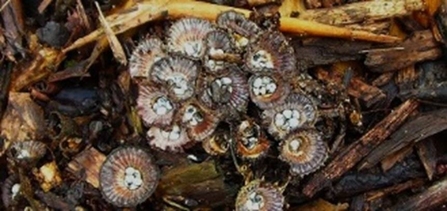November is a strange month somewhere in between autumn and winter proper.
Yet, as always with nature, there’s plenty to enjoy if you just get outdoors, whatever the weather.
Shop ‘til you drop on some Waxwings
At last, after many blank winters, this one is turning out to be a ‘waxwing winter’ (the last time we had one was in 2012/13). When there’s a scarcity of food on the continent, these bird ‘irrupt’ and fly west for the winter. Flock of hundreds have been seen in Scotland and, once they have deplete the berries there, they will move south.

